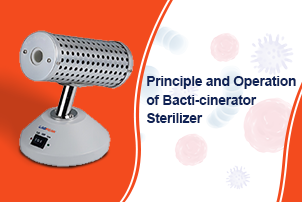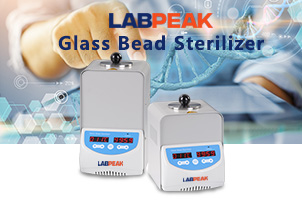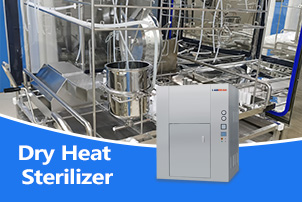Among laboratory safety equipment, PP anti-corrosion liner fume hoods are becoming an essential facility for scientific research experiments, chemical production and any environment that requires a high level of corrosion protection, thanks to their excellent chemical resistance and superior safety performance. These fume hoods are made of polypropylene (PP) material, which not only has good resistance to most acids and alkalis, but also maintains stability in long-term use, providing a safe and reliable working platform for laboratories.
PP anti-corrosive liner fume hood is mainly composed of PP liner, shell, working table, air duct system and control system. The inner liner and worktop are made of pure PP, which is able to resist the erosion of all kinds of corrosive chemicals. The outer shell is usually made of stainless steel or cold rolled steel to provide additional structural strength. The ducting system is responsible for the efficient removal of harmful gases, while the advanced control system ensures precise control of airflow speed and window opening and closing.
When using PP anti-corrosive fume hoods, the air duct system needs to be checked regularly for unobstructed flow to ensure exhaust efficiency. Meanwhile, the air filter inside the cabinet should be replaced regularly to keep the air clean and circulating. Due to the relatively low heat resistance of PP material, the cabinet should avoid direct contact with high-temperature items or fire sources.
When it comes to laboratory safety, PP anti-corrosive fume hoods provide important protection. It not only effectively isolates and discharges harmful gases, reducing the health risks to laboratory personnel, but also prevents the spread of contamination in chemical accidents. In addition, due to its corrosion-resistant properties, a wide range of experimental operations involving strong acids and bases can be safely performed inside the fume hood, greatly expanding the experimental scope of the laboratory.
The design and functionality of PP anti-corrosion liner fume hoods will be further optimized to adapt to more complex and demanding experimental environments. At the same time, environmental protection and energy efficiency will also become an important consideration in the design, the future of the fume hood will pay more attention to energy saving and emission reduction, in order to meet the global environmental challenges.





Get Social